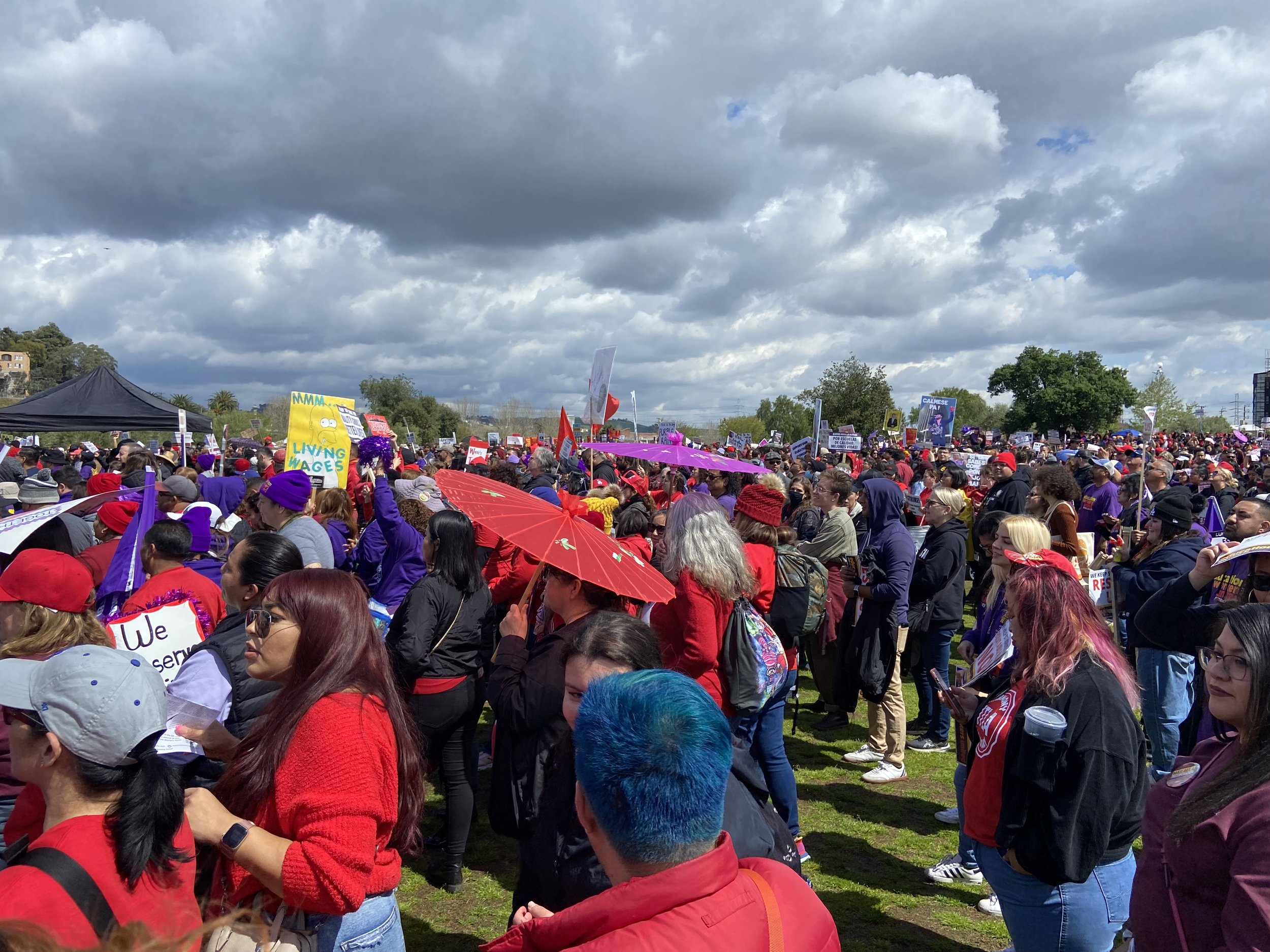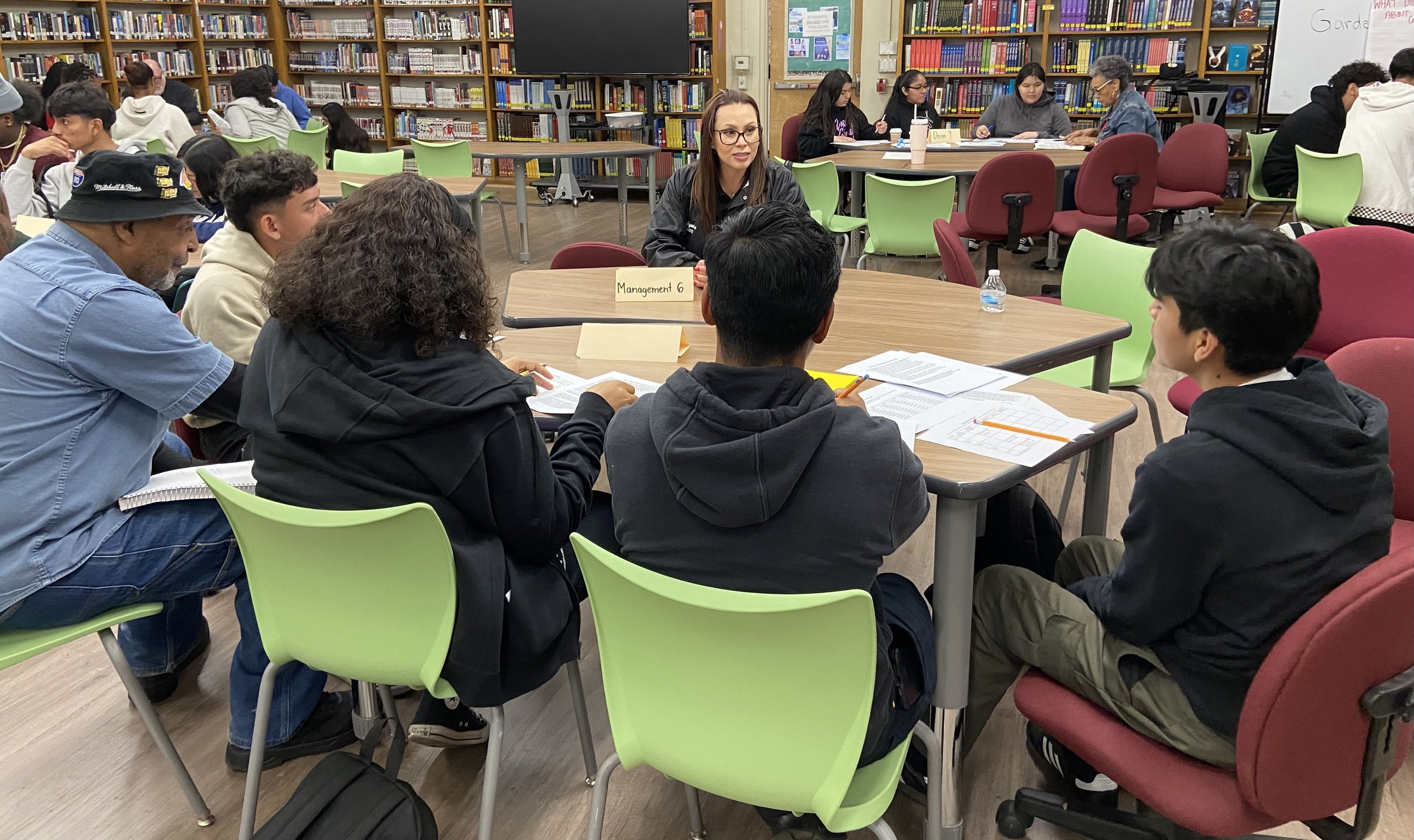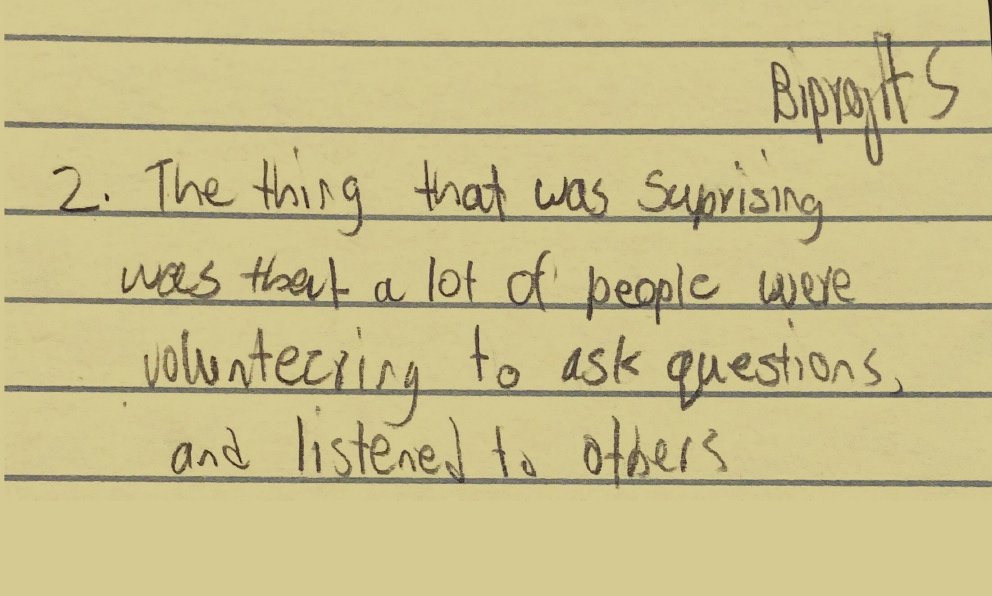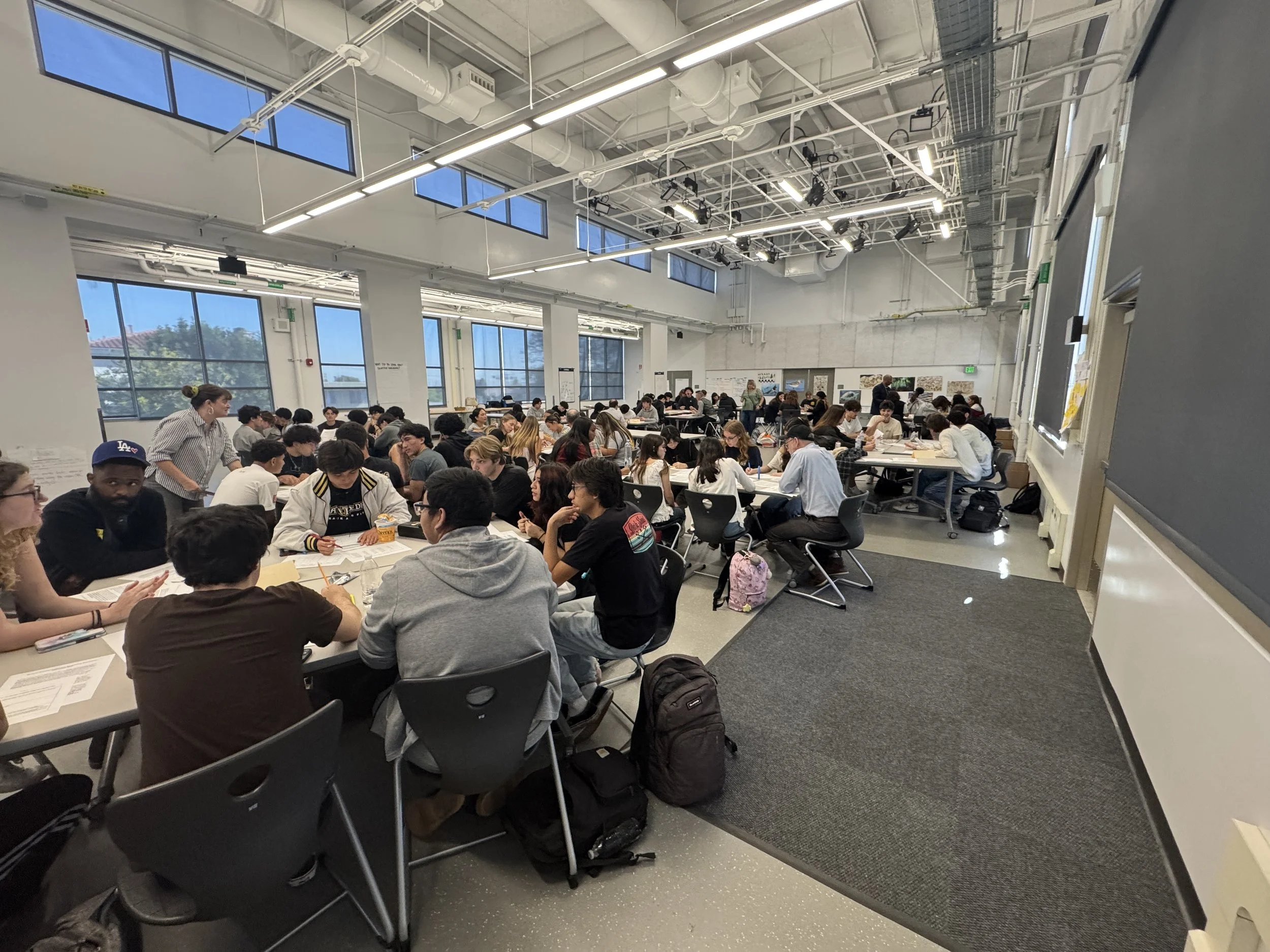
About
For twenty years, Linda Tubach and Patty Litwin served Los Angeles Unified Schools by bringing the Collective Bargaining Education Project into K-12 classrooms. They did so with a curriculum drawing on the work of educators like Bill Bigelow, June McMahon, and Norm Diamond. United Teachers Los Angeles, the Los Angeles Unified School District, UCLA’s Labor Center, and the Los Angeles County Federation of Labor, all supported the program. In addition, the Federal Mediation and Conciliation Service provided early and instrumental funding for full time instructional staff to facilitate classroom events.
Today, the Collective Bargaining Education Project has become the Young Workers Education Project. This shift will bring a sharper focus on the experiences of LAUSD students in the workforce or entering the workforce to support themselves and their families. We want to make certain that young folks understand their rights as workers under city, state, and federal law.
The existing curriculum is a collection of role plays and simulations that ask students to imagine themselves as participants in historical events and engage in high stakes decision making. The YWEP guides students through these re-enactments and processes so that they better understand their place in the long history of labor, their own power as individuals and communities, and the value of thoughtful dialogue.
Nicolle Fefferman, a veteran LAUSD high school Social Studies teacher, is currently the Director of the Young Workers Education Project. Over the last few school years, she has visited high schools and middle schools to support student learning. Thousands of students have taken part in these role plays, simulations, and learning cycles, and the YWEP is working to bring the curricula to even more students with the support of the Miguel Contreras Foundation and the UCLA Labor Center.





Our Collective Bargaining Simulation is one of the key YWEP’s learning experiences for high school students. Check out a video clip of this lesson plan in action here. Students are placed in groups with a coach to facilitate for the four hour simulation:
Collective Bargaining Lesson Agenda
Introductions- Who are we? Why are we here today?
Bargaining Preparation- Students divide into Union and Management teams. Students analyze reading materials and organize thinking with note taking charts. Students cost out proposals and write brief presentations for the bargaining table.
Bargaining- Student groups meet as Union and Management to present proposals. Teams listen, ask questions, and then caucus to discuss and revise proposals for three rounds of bargaining.
Debrief- Teams compare bargaining results from across the class. Whole group discussion on the differences in results, the enactment of this process, and the simulation’s implications for workplace issues and conflict resolution.

